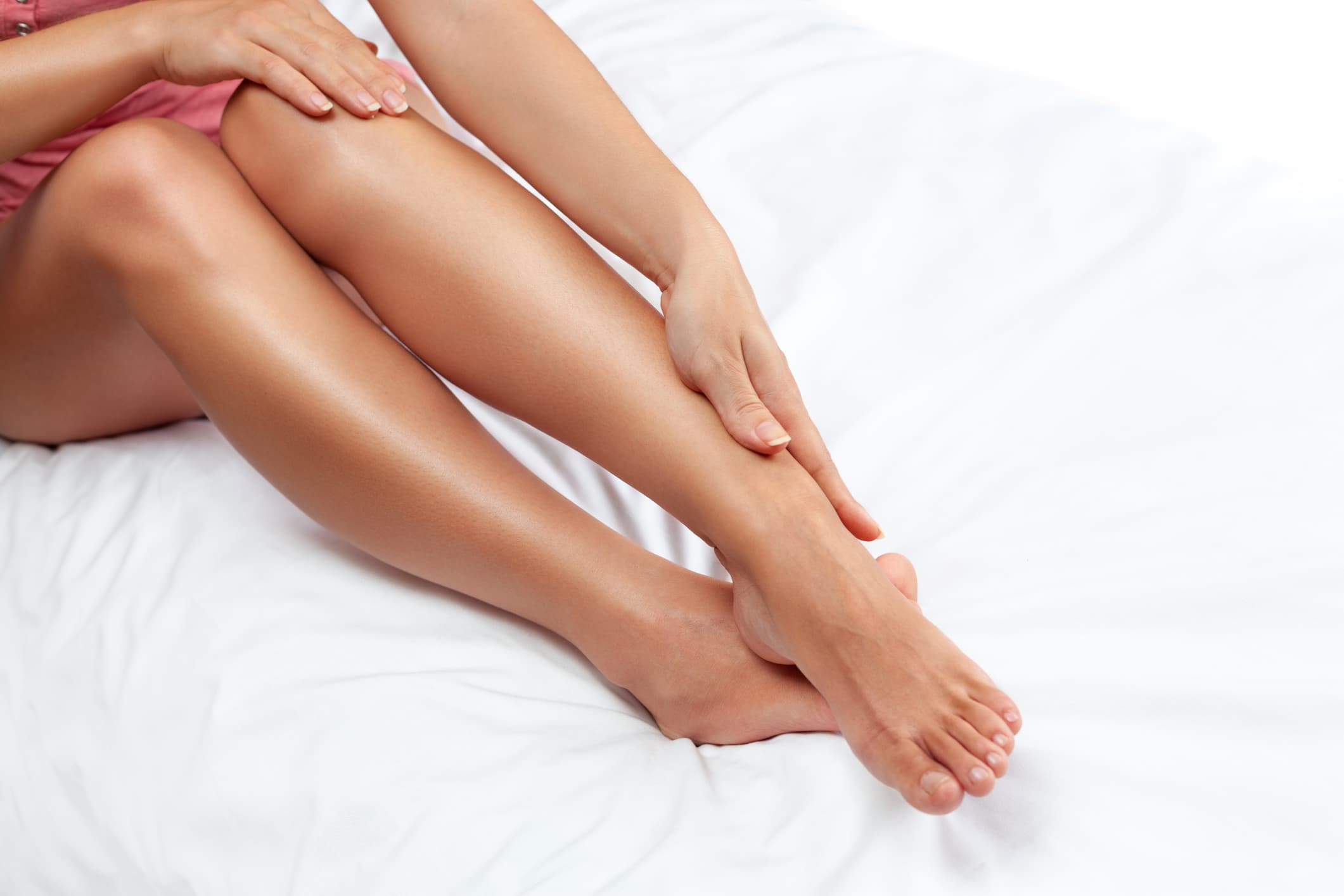
Laser Hair Removal
Laser hair removal is a highly effective medical and cosmetic procedure that uses targeted laser energy to remove unwanted hair while leaving the surrounding skin unharmed. During treatment, the laser targets melanin (pigment) in the hair follicle, converting the energy into heat. This process damages the follicle, leading to hair loss and thinning in the treated area.
Common treatment areas include the chin, upper lip, chest, armpits, back, bikini line, and legs. While using temporary hair removal methods like shaving, creams, and waxing, laser hair removal offers a longer-lasting and less irritating solution, making it a popular choice for patients seeking smoother, hair-free skin.
Laser Hair Removal
Laser hair removal technology has evolved significantly over the past decade. Older equipment lacked the customization options available today. In the past, numbing medications or external cooling devices were necessary to manage discomfort during treatments. However, modern lasers have eliminated this need by incorporating advanced settings that adjust surface area, energy levels, and laser pulse frequencies. These innovations maximize efficiency while minimizing discomfort, ensuring optimal results in fewer sessions.
The procedure involves directing laser energy to the treatment area using a handheld device, which may or may not contact the skin. Many modern devices include built-in cooling systems that provide instant relief during treatment, significantly reducing any discomfort for patients.
Who Is a Good Candidate
Best candidates for laser hair removal are those with a lighter skin and darker hair in contrast to those who have light hair and dark skin. Although laser hair removal is not supposed to produce skin damage, risk of skin damage is higher when there is little contrast between hair and skin color. The reason lies beneath the fact that laser energy is absorbed by darker pigment therefore it is easier to produce damage in darker hair.
Benefits
There are many benefits to having unwanted hair removed through the use of laser therapy. They include the following:
For many patients, laser hair removal is painless, although some experience minor discomfort, usually described as something like a rubber band’s snapping against the skin.
Laser Hair Removal Procedure
Laser hair removal technology has advanced significantly in the past decade. Modern lasers now offer customizable settings for surface area, energy levels, and pulse frequencies, features that older equipment lacked. Previously, managing discomfort required numbing creams or external cooling devices. Today’s advanced lasers integrate cooling systems and precision adjustments, enhancing efficiency and comfort. These innovations deliver optimal results in fewer sessions while minimizing discomfort. The procedure involves directing laser energy to the treatment area using a handheld device, which may or may not contact the skin. Many modern devices include built-in cooling systems that provide instant relief during treatment, significantly reducing any discomfort for patients.
Understanding the Hair Growth Cycle
1. Anagen (Growth Phase) – Lasts 2 to 7 years and determines hair length, with approximately 70% of hair in this phase at any time.
2. Catagen (Transition Phase) – A short phase marking the end of active growth.
3. Telogen (Resting Phase) – A period of inactivity for the follicle.
4. Exogen (Shedding Phase) – When new hair pushes out old hair.
Laser treatments are most effective during the anagen phase, as hair follicles are more sensitive to energy at this stage. However, since not all hairs are in the anagen phase simultaneously, multiple sessions—typically 4 to 8 spaced about a month apart—are necessary for optimal results.
Factors Affecting Treatment Outcomes
The number of sessions required depends on several factors, including hair texture, location, and the individual’s hormonal balance. Modern laser hair removal ensures precise, effective, and comfortable treatment tailored to each patient’s needs.
Recovery from Laser Hair Removal
Redness, soreness, or swelling may occur immediately after hair removal, depending on the energy level used. These effects are typically mild and resolve within a day. Applying an ice pack to the area or taking Tylenol in more severe cases can help minimize discomfort.
Complications of Laser Hair Removal
Hair removal can sometimes cause scarring, hyperpigmentation (dark spots), or hypopigmentation (light spots) in the treated area. These side effects are more likely in individuals with darker skin tones, especially if they have recent sun exposure or spend time in the sun after treatment. Avoiding sun exposure before and after the procedure is essential to reduce these risks.
